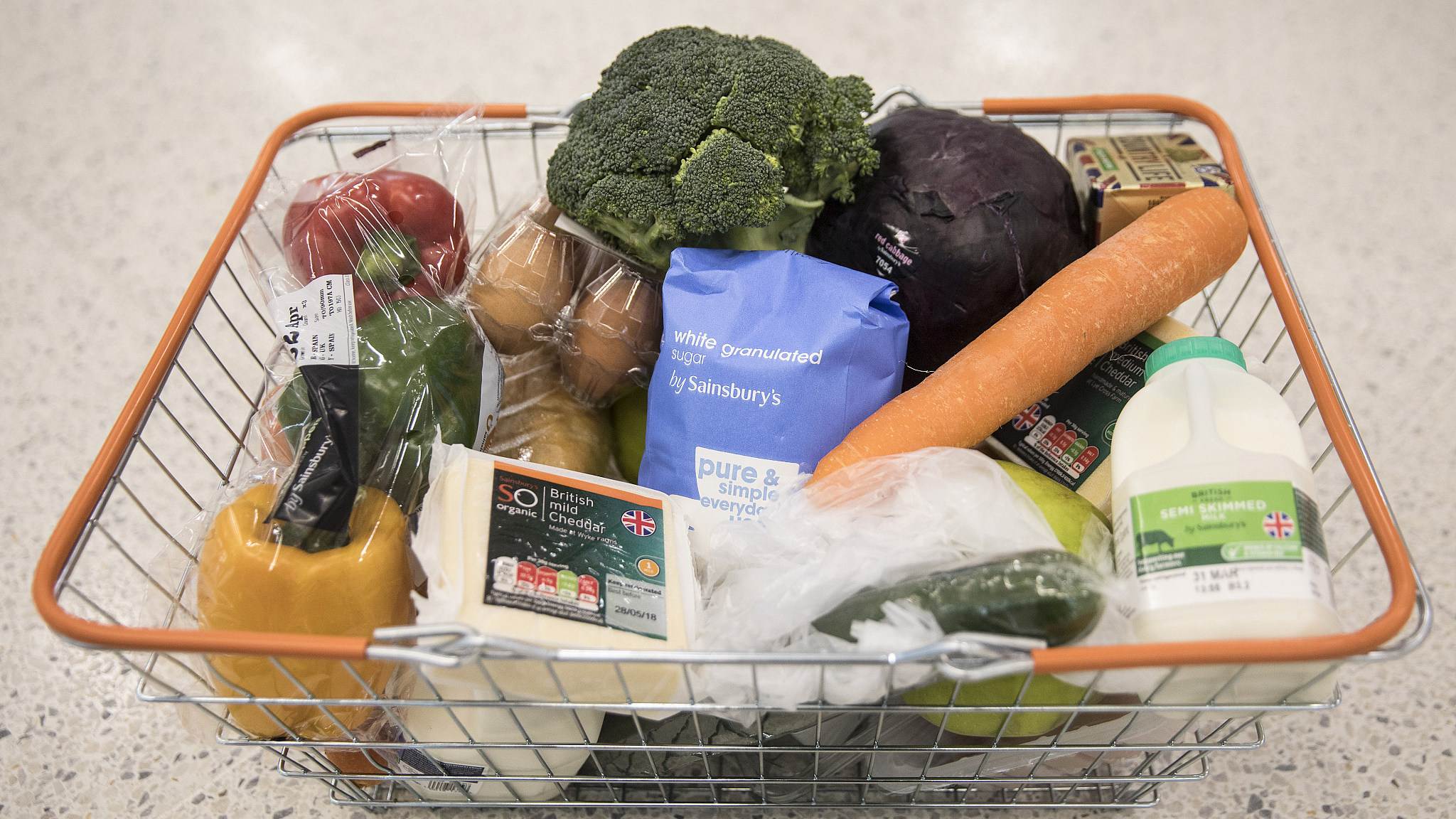
Opinions
14:54, 05-Dec-2018
Opinion: Food security rests on trade
Updated
14:43, 08-Dec-2018
Angel Gurría and José Graziano da Silva

Editor's Note: Angel Gurría is secretary-general of the Organization for Economic Cooperation and Development. José Graziano da Silva is director-general of the United Nations Food and Agriculture Organization. The article first appeared on Project Syndicate on November 19, 2018. It reflects the authors' opinions and not necessarily the views of CGTN.
From farm to fork, the international community is facing growing challenges in eradicating hunger and malnutrition. And yet while some parts of the world are obviously better endowed than others in terms of climate, soil, water, and geography, there is plenty of food to go around. So why is food insecurity a problem for so many people in so many countries?
What is missing are conditions ensuring that healthy and nutritious food can reach those who need it. Surplus countries need to be in a position to supply deficit countries, and all the more so now that climate change is undermining the conditions for food production in many parts of the world.

A worker walks between rows of vegetables at a farm in Eikenhof, south of Johannesburg on April 24, 2012. /VCG Photo
A worker walks between rows of vegetables at a farm in Eikenhof, south of Johannesburg on April 24, 2012. /VCG Photo
Simply put, ensuring that all households have access to the quantity, quality, and variety of nutritious foods that are necessary for a healthy and fulfilling life requires open, predictable, non-discriminatory, and fair trade. And that, in turn, can only be assured by the global rules agreed upon at the World Trade Organization – rules that have already underpinned a 270 percent increase in global trade in food and agriculture products since 1996.
To be sure, the current global trade system is not free of problems, and some countries do not always play by the rules. Moreover, there are important gaps with respect to disciplining export restrictions (which are meant to reduce uncertainties for import-dependent countries) as well as market-distorting subsidies and trade barriers.
In 2017, the latter amounted to 330 billion U.S. dollars worldwide. Trade rules need to be updated to reflect the market and policy shifts that have occurred – particularly the increasing importance of emerging economies – since the WTO was established in 1995.
Critically, we need to ensure that agricultural trade reforms are on the agenda. Such reforms should be part of a larger integrated strategy that includes a range of other domestic policies and investments (backed by international assistance where needed). The goal should be to ensure that more people can benefit from new opportunities in the global economy, and that help is available for those who need it most.
The international community needs to do three things to harness the benefits of trade in food and agriculture products. First, governments should help farmers (especially family farmers) become more efficient. That means investing in infrastructure (including digital) and education, enforcing land registration and property rights, and supporting research to preserve scarce resources, combat climate change, and improve sustainability and resilience to shocks. Each is a necessary ingredient for enabling farmers to earn a decent living.

A farmer unloads soybeans at a Ruff Bros. Grain elevator on June 13, 2018, in Blackstone, Illinois. U.S. /VCG Photo
A farmer unloads soybeans at a Ruff Bros. Grain elevator on June 13, 2018, in Blackstone, Illinois. U.S. /VCG Photo
But they might not prove sufficient. In many cases, governments will also need to design food-security programs such as social-insurance schemes and direct transfers that target the poor.
The second task for governments is to move away from market-distorting, environmentally damaging interventions in the agricultural sector. Many governments try to improve farmers' incomes by setting high prices domestically and erecting trade barriers to keep out imports. But such measures ultimately raise prices for consumers, aggravate resource pressures, undermine biodiversity, and contribute to an increase in greenhouse-gas emissions.
Finally, governments need to anchor these reforms in global rules so that everyone can have confidence that domestic measures will stick. Whatever shape they take, international rules should be written in such a way that they encourage and reward good national-level policies and investments in agriculture.
The failure to shift agriculture policies more rapidly in the direction outlined above has been costly – to the sector itself and to the international community. Still, important steps taken by governments toward banning export subsidies show that progress is still possible.
Looking ahead, the top priority should be to tackle the outstanding issues with everyone at the table, leaving taboos at the door. Policymakers should give a fresh look to domestic support in light of current market and policy conditions. Moreover, we need to improve market access, and convince countries to commit to a stronger enforcement regime for export-competition issues and export restrictions.
Eradicating hunger, ending food insecurity, and ensuring sustainability are global priorities that call for collective action. We need to strengthen, not weaken, international cooperation. The United Nations Food and Agriculture Organization and the OECD will both continue to support efforts at the WTO to facilitate trade in food and agricultural goods. And we will intensify our efforts to help countries enact the policies they need for inclusive productivity growth and food security for all.
Copyright: Project Syndicate, 2018
www.project-syndicate.org
(If you want to contribute and have specific expertise, please contact us at opinions@cgtn.com.)

SITEMAP
Copyright © 2018 CGTN. Beijing ICP prepared NO.16065310-3
Copyright © 2018 CGTN. Beijing ICP prepared NO.16065310-3